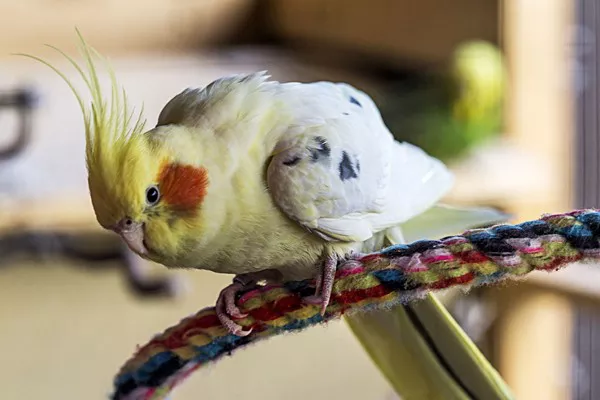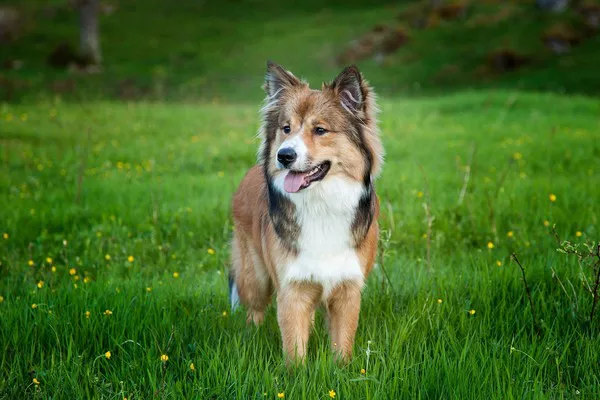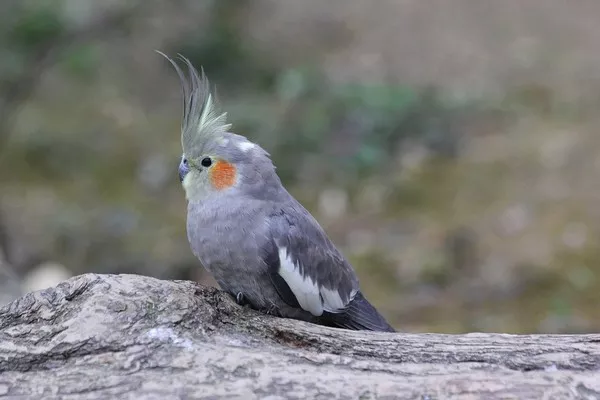Hermann’s tortoises (Testudo hermanni) are one of the most popular species of pet tortoises in the world, cherished for their small size, charming personalities, and relatively manageable care requirements. If you’re thinking about adopting a Hermann’s tortoise or simply curious about what goes into their care, this article will provide a comprehensive guide to understanding their needs, temperament, habitat, diet, and health. By the end, you’ll have a clear understanding of whether Hermann’s tortoises are easy to care for.
What Is a Hermann’s Tortoise?
Hermann’s tortoises are native to Southern Europe, specifically the Mediterranean regions of Greece, Italy, and Spain. There are two main subspecies of Hermann’s tortoise: the Western Hermann’s tortoise (Testudo hermanni hermanni) and the Eastern Hermann’s tortoise (Testudo hermanni boettgeri). These tortoises are terrestrial, meaning they live on land, and are primarily herbivores, eating a variety of plants and vegetation.
Known for their striking appearance, Hermann’s tortoises have a domed, dark brown or black shell with yellow markings. Their legs are sturdy and are adapted for walking on land, with strong claws that help them dig. Unlike some other tortoises, Hermann’s tortoises do not grow to an enormous size, making them a more manageable choice for a pet. Adult Hermann’s tortoises typically reach sizes of about 6 to 10 inches in length and can weigh between 2 and 4 pounds.
Are Hermann’s Tortoises Easy to Care For?
When people ask whether Hermann’s tortoises are easy to care for, the answer depends on your understanding of their natural habits and how you can replicate those conditions in your home or backyard. While Hermann’s tortoises are generally low-maintenance compared to some other pets, they still have specific needs that must be met to ensure their health and well-being. Here’s a detailed look at what’s involved in taking care of a Hermann’s tortoise.
1. Housing and Enclosure
Hermann’s tortoises are terrestrial creatures that need space to roam, exercise, and forage. Whether you plan to keep your tortoise indoors or outdoors, creating an appropriate environment is essential to its overall health.
Outdoor Enclosure:
If you live in a warm climate, an outdoor enclosure is the best option for a Hermann’s tortoise. A well-fenced outdoor habitat provides natural sunlight, fresh air, and ample space for the tortoise to explore and forage. Your outdoor enclosure should be securely fenced, as Hermann’s tortoises are escape artists, and they can dig or climb over barriers. The enclosure should be at least 6 feet by 6 feet in size for one tortoise, although larger is always better.
The enclosure should have areas of both sunlight and shade so the tortoise can regulate its body temperature. Providing a variety of surfaces like sand, soil, grass, and rocks helps simulate natural conditions. Additionally, it’s important to include a sheltered area where the tortoise can retreat during the colder months or when it wants some privacy.
Indoor Enclosure:
For those who live in cooler climates or want to keep their tortoise indoors, an indoor enclosure will be necessary. Indoor enclosures must be large enough to allow the tortoise to move freely. A minimum size of 4 feet by 8 feet is recommended for a single Hermann’s tortoise, but more space is always better.
A large, secure tank or a custom-made pen can be used. The enclosure must have proper lighting, humidity, and temperature control. Since Hermann’s tortoises need access to natural UVB light for proper shell development and overall health, you’ll need to provide a special UVB bulb if they are indoors.
2. Temperature and Humidity Requirements
Hermann’s tortoises are cold-blooded, which means their body temperature is regulated by the environment. As a result, it is essential to maintain specific temperature ranges in both indoor and outdoor environments.
Temperature:
The temperature in the tortoise’s enclosure should mimic the climate of their natural Mediterranean habitat. During the day, the ambient temperature should be between 75°F and 85°F (24°C – 29°C), while the basking area should reach 90°F to 95°F (32°C – 35°C) to allow the tortoise to thermoregulate.
At night, the temperature can drop slightly to around 65°F to 70°F (18°C – 21°C). In colder climates, where outdoor temperatures may fall below these ranges, it’s crucial to provide supplemental heat using heat lamps, ceramic heaters, or heat mats. Always be careful to avoid creating excessively hot or cold spots within the enclosure, as this can cause stress and health issues for the tortoise.
Humidity:
Hermann’s tortoises do not require excessively high humidity, but they do need a moderately dry environment with occasional access to moisture. The humidity level in the enclosure should be kept around 40-60%. You can maintain this by providing water dishes for drinking and soaking, and by ensuring good ventilation within the enclosure.
When kept outdoors, humidity levels will naturally fluctuate depending on the climate, but indoor enclosures may require more attention to maintain the right levels. Mist the enclosure lightly once a day to simulate morning dew, but be careful not to make it too damp, as this can lead to respiratory problems.
3. Diet and Nutrition
A proper diet is crucial for a Hermann’s tortoise to thrive. They are primarily herbivores and need a varied diet of high-fiber plants, leaves, and flowers. Their diet should be rich in calcium to support healthy shell growth and avoid metabolic bone disease. In the wild, they feed on grasses, herbs, and flowers, but in captivity, they can enjoy a variety of plant-based foods, including:
- Leafy greens (dandelion, collard greens, mustard greens, kale)
- Flowers (hibiscus, clover, pansies, dandelions)
- Edible weeds (plantain, chickweed)
- Vegetables (zucchini, bell peppers, cucumber, squash)
- Grass hay (timothy hay, meadow hay)
Some fruits, such as strawberries, apples, and melon, can be offered occasionally, but they should be given sparingly due to their high sugar content.
Hermann’s tortoises do not require animal protein, and feeding them high-protein foods like meat or pellets designed for other reptiles can cause health issues, including kidney problems. It’s also important to provide calcium supplements regularly to ensure proper shell development. A powdered calcium supplement with vitamin D3 can be dusted over their food a couple of times a week.
Water:
Always ensure your Hermann’s tortoise has access to fresh water. A shallow dish of water is ideal for tortoises to drink and soak in. They often enjoy soaking in the water, which helps with hydration and helps to soften their skin and shells. Regular soaking can also prevent dehydration, especially if they are not eating enough high-moisture foods like fresh greens.
4. Health and Veterinary Care
While Hermann’s tortoises are generally hardy and resilient, regular veterinary check-ups are essential to ensure they stay healthy throughout their lives. A reptile veterinarian familiar with tortoises can help monitor your pet’s health and offer advice on nutrition, hydration, and disease prevention.
Common health issues for Hermann’s tortoises include:
Respiratory infections: These can occur if the enclosure is too cold or too humid, or if the tortoise is stressed.
Shell problems: Including shell rot or deformities caused by a lack of UVB exposure or poor diet.
Parasites: Tortoises can sometimes develop internal parasites, which can be identified through a fecal examination by a vet.
It’s important to keep an eye out for changes in behavior, appetite, or the condition of your tortoise’s shell and skin. If you notice anything unusual, consult a veterinarian who specializes in reptiles as soon as possible.
5. Lifespan and Longevity
One of the most appealing aspects of keeping a Hermann’s tortoise as a pet is their impressive lifespan. These tortoises can live for 50 years or more in captivity if provided with proper care. This long lifespan makes them a lifelong commitment and an important consideration for prospective pet owners.
They generally reach sexual maturity at around 10-12 years old and can live well into their 70s and even 100s, with some individuals living longer under optimal conditions. With this long life expectancy, you’ll need to provide continuous care throughout their lives.
Conclusion
In short, Hermann’s tortoises are relatively easy to care for compared to other exotic pets, but they do require a commitment to their specific needs. By providing the right environment, diet, and veterinary care, you can ensure that your Hermann’s tortoise lives a long, healthy, and happy life. Their charming nature and manageable size make them an excellent choice for a pet, but their unique requirements should not be underestimated.
For anyone willing to dedicate time and effort to meeting their needs, Hermann’s tortoises can be a wonderful companion. While they are low-maintenance in many respects, they do require careful attention to their habitat, temperature, diet, and health. If you’re up for the challenge, a Hermann’s tortoise can bring years of joy and companionship into your life.
Related Topics:























